Hyundai Kona VS Vauxhall Combo – Specs, Efficiency & Price Comparison
Find out now which car fits your needs better!
The Hyundai Kona (SUV) is powered by a Petrol, Full Hybrid or Electric engine and comes with a Manuel or Automatic transmission. In comparison, the Vauxhall Combo (High Roof Estate) features a Electric or Diesel engine and a Automatic or Manuel gearbox.
When it comes to boot capacity, the Hyundai Kona offers 466 L, while the Vauxhall Combo provides 850 L – depending on what matters most to you. If you’re looking for more power, you’ll need to decide whether the 218 HP of the Hyundai Kona or the 136 HP of the Vauxhall Combo suits your needs better.
There are also differences in efficiency: 14.60 kWh4.50 L vs 18.50 kWh5.50 L. In terms of price, the Hyundai Kona starts at 23100 £, while the Vauxhall Combo is available from 24000 £.
Compare all the key specs now and find out which model fits your lifestyle best!
Hyundai Kona
The Hyundai Kona blends a bold design with a versatile interior, making it a standout choice in the compact SUV market. Its crisp handling and responsive steering provide an engaging driving experience, whether in the city or on the open road. The vehicle also offers a range of features designed to enhance comfort and connectivity, ensuring a pleasurable journey for both driver and passengers.
details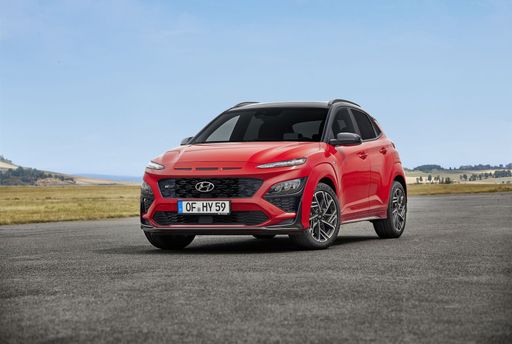 @ hyundai.news
@ hyundai.news
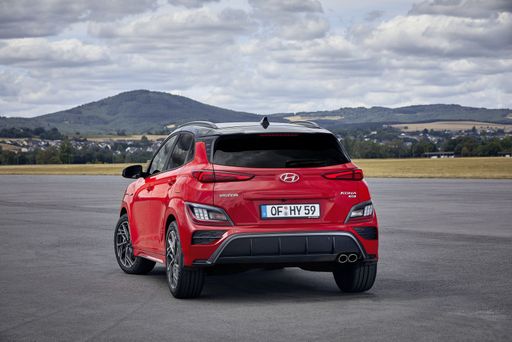 @ hyundai.news
@ hyundai.news
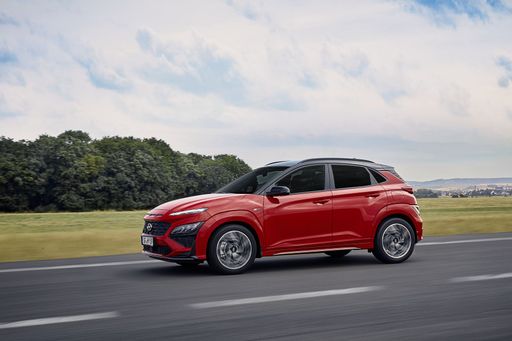 @ hyundai.news
@ hyundai.news
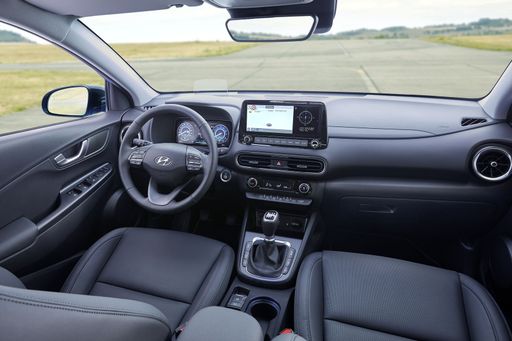 @ hyundai.news
@ hyundai.news
Vauxhall Combo
The Opel Combo high-roof estate car stands out for its impressive versatility, making it an ideal choice for both families and professionals. Its spacious interior and clever storage solutions ensure a comfortable ride and plenty of room for all your needs. With a focus on practicality and efficient design, the Combo seamlessly combines functionality with modern driving technology.
details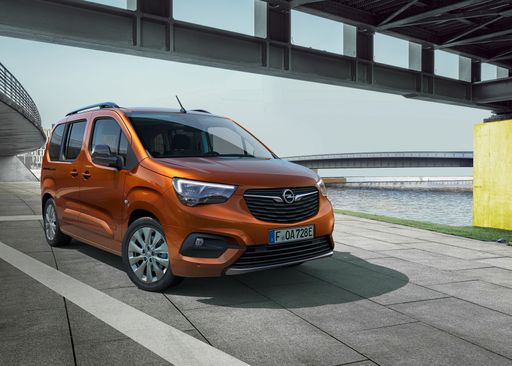 @ media.stellantis.com
@ media.stellantis.com
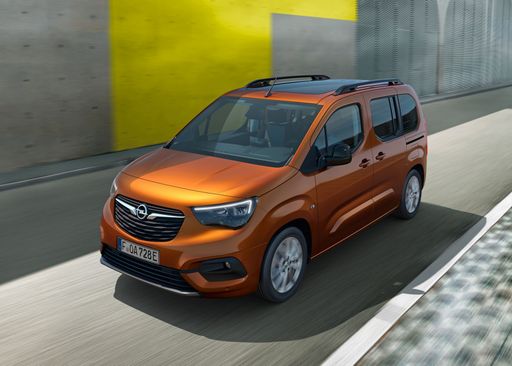 @ media.stellantis.com
@ media.stellantis.com
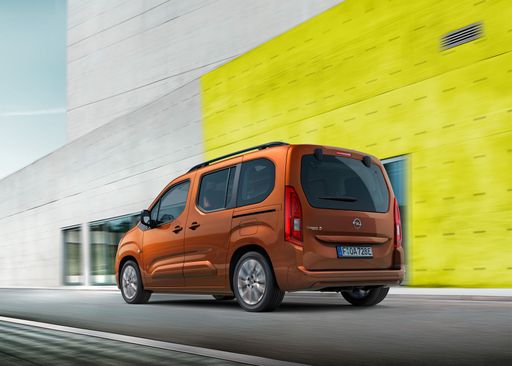 @ media.stellantis.com
@ media.stellantis.com
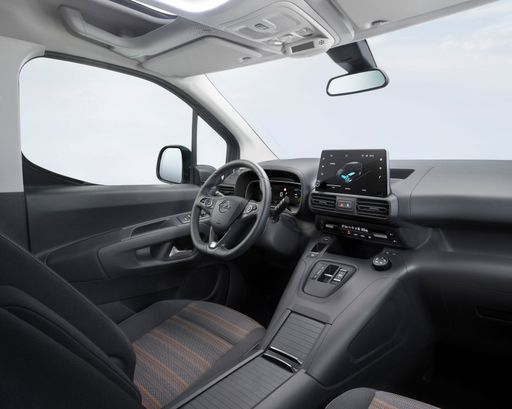 @ media.stellantis.com
@ media.stellantis.com

|

|
|
|
|
Costs and Consumption |
|
|---|---|
|
Price
23100 - 41600 £
|
Price
24000 - 36500 £
|
|
Consumption L/100km
4.5 - 6.9 L
|
Consumption L/100km
5.5 - 5.9 L
|
|
Consumption kWh/100km
14.6 - 16.8 kWh
|
Consumption kWh/100km
18.5 - 18.8 kWh
|
|
Electric Range
377 - 514 km
|
Electric Range
333 - 345 km
|
|
Battery Capacity
1.3 - 65.4 kWh
|
Battery Capacity
-
|
|
co2
0 - 157 g/km
|
co2
0 - 155 g/km
|
|
Fuel tank capacity
38 - 47 L
|
Fuel tank capacity
53 L
|
Dimensions and Body |
|
|---|---|
|
Body Type
SUV
|
Body Type
High Roof Estate
|
|
Seats
5
|
Seats
5 - 7
|
|
Doors
5
|
Doors
4 - 5
|
|
Curb weight
1370 - 1773 kg
|
Curb weight
1530 - 1922 kg
|
|
Trunk capacity
466 L
|
Trunk capacity
597 - 850 L
|
|
Length
4350 - 4385 mm
|
Length
4410 - 4760 mm
|
|
Width
1825 mm
|
Width
1848 mm
|
|
Height
1580 - 1585 mm
|
Height
1812 - 1818 mm
|
|
Payload
420 - 490 kg
|
Payload
430 - 840 kg
|
Engine and Performance |
|
|---|---|
|
Engine Type
Petrol, Full Hybrid, Electric
|
Engine Type
Electric, Diesel
|
|
Transmission
Manuel, Automatic
|
Transmission
Automatic, Manuel
|
|
Transmission Detail
Schaltgetriebe, Automat. Schaltgetriebe (Doppelkupplung)
|
Transmission Detail
Schaltgetriebe, Automatikgetriebe
|
|
Drive Type
Front-Wheel Drive, All-Wheel Drive
|
Drive Type
Front-Wheel Drive
|
|
Power HP
100 - 218 HP
|
Power HP
102 - 136 HP
|
|
Acceleration 0-100km/h
7.8 - 13.3 s
|
Acceleration 0-100km/h
11.30 s
|
|
Max Speed
162 - 208 km/h
|
Max Speed
135 - 184 km/h
|
|
Torque
200 - 265 Nm
|
Torque
250 - 300 Nm
|
|
Number of Cylinders
3 - 4
|
Number of Cylinders
4
|
|
Power kW
74 - 160 kW
|
Power kW
75 - 100 kW
|
|
Engine capacity
998 - 1598 cm3
|
Engine capacity
1499 cm3
|
General |
|
|---|---|
|
Model Year
2024
|
Model Year
2024
|
|
CO2 Efficiency Class
D, C, E, F, A
|
CO2 Efficiency Class
A, E
|
|
Brand
Hyundai
|
Brand
Vauxhall
|
Hyundai Kona
The Hyundai Kona: A Comprehensive Overview
The Hyundai Kona has established itself as a standout in the compact SUV segment, blending innovation with performance and style. As the automotive world moves towards more sustainable and efficient options, the Kona offers a variety of powertrains, from traditional petrol engines to full hybrids and all-electric models.
Powertrain Options and Performance
The Hyundai Kona's powertrain choices cater to a wide range of preferences. For petrol enthusiasts, the Kona offers a 1.0L T-GDI engine, delivering 100 PS, and a more robust 1.6L T-GDI variant with up to 170 PS. Those looking for efficiency without sacrificing power can consider the full hybrid model, offering 129 PS and an impressive consumption of 4.5 L/100km.
For a greener option, the all-electric Kona provides a compelling case. With battery capacities of up to 65.4 kWh, the electric Kona offers power outputs of 156 to 218 PS, and efficiencies as low as 14.6 kWh/100km, enabling an electric range of up to 513 km.
Technical Specifications and Innovations
Built on a robust platform, the Kona delivers versatility and reliability. With a choice between manual or dual-clutch automatic gearboxes, along with options for front-wheel or all-wheel drive, the Kona ensures a tailored driving experience. The handling is enhanced by the car's lightweight construction, balancing a 1370 to 1773 kg curb weight with dynamic performance.
The Kona's design doesn't compromise cargo space for style; it offers a generous 466 L boot capacity. With a relatively compact body, measuring 4350 to 4385 mm in length, the Kona easily navigates urban environments while still commanding a strong road presence with its 1825 mm width.
Efficiency and Eco-Friendliness
Hyundai is committed to reducing emissions, as evidenced by the Kona's CO2 efficiency ratings, which range from class A for electric models to class D for some higher-performance petrol variants. The focus on reducing environmental impact without sacrificing driving pleasure is notable throughout the Kona range.
Costing and Value
The Hyundai Kona offers commendable value for money. Pricing starts at €26,400 and reaches up to €50,690, depending on the chosen configuration. The monthly running costs range from €956 to €1090, with a cost per kilometre of 38.3 to 43.6 cents, making it a competitive option in its class.
Conclusion: Modern, Efficient, and Versatile
The Hyundai Kona stands as a testament to Hyundai's commitment to innovation, efficiency, and practicality. Whether you are inclined towards a traditional combustion engine, a hybrid for a balance of power and efficiency, or a full electric model for maximum eco-friendliness, the Kona provides a tailored solution for each unique driver preference.
Vauxhall Combo
A Revolutionary Take on Family Transport
The Opel Combo Hochdach-Kombi stands out as a versatile solution in the ever-evolving landscape of family vehicles. With a focus on practicality and innovative design, this model offers significant improvements in efficiency and user experience.
Technical Specifications at a Glance
The latest Opel Combo represents a leap forward in electric vehicle technology. With an efficient electric motor delivering 136 PS (100 kW) and a 0-100 km/h time of 11.3 seconds, it's built to combine performance with sustainability. A notable feature is the impressive range, spanning from 333 km to 345 km, making it a reliable choice for both urban commuting and longer journeys.
Space and Versatility Redefined
Flexibility is key with the Combo's design. Available in configurations accommodating 5 to 7 seats, the interior space is complemented by a generous boot capacity ranging from 597 litres to 850 litres. This ensures ample room for family and gear, without compromising on comfort. The tall roofline and clever interior design maximize passenger headroom and storage options.
Innovations in Efficiency
Powered by a modern electric powertrain, the Combo achieves a consumption rate between 18.5 and 18.8 kWh/100 km. This meticulous balance of power and efficiency results in zero CO2 emissions, positioning the vehicle firmly within the A CO2-efficiency class. Front-wheel drive (FWD) ensures stability and handling confidence, aided by a sophisticated automatic transmission system.
Cost and Economy
With a price range from €38,600 to €42,600, the Combo offers a competitive entry into the electric vehicle market. Factor in the cost savings associated with electric motoring, such as reduced maintenance and fuel costs, and the Combo rapidly establishes itself as a wise investment for the eco-conscious driver.
Design and Aesthetic Appeal
The Combo’s exterior length spans between 4410 mm and 4760 mm, providing a balanced profile that combines practicality and style. Available in several stylish trims — including Edition, GS, and options for either five or seven-seater models — the Combo is adept at catering to a range of stylistic preferences and needs.
Conclusion: A Future-Ready Choice for Families
The Opel Combo Hochdach-Kombi captures the spirit of modern motoring needs, offering a sustainable, spacious, and affordable solution for families. With technological advancements that enhance both performance and efficiency, it strongly represents the future of transportation, making it an ideal choice for those looking to transition to electric driving without compromising on practical needs.
The prices and data displayed are estimates based on German list prices and may vary by country. This information is not legally binding.
